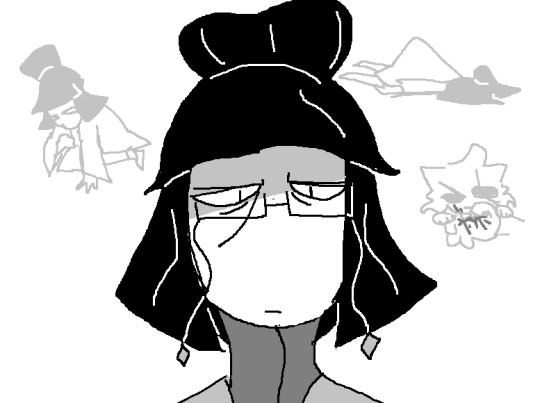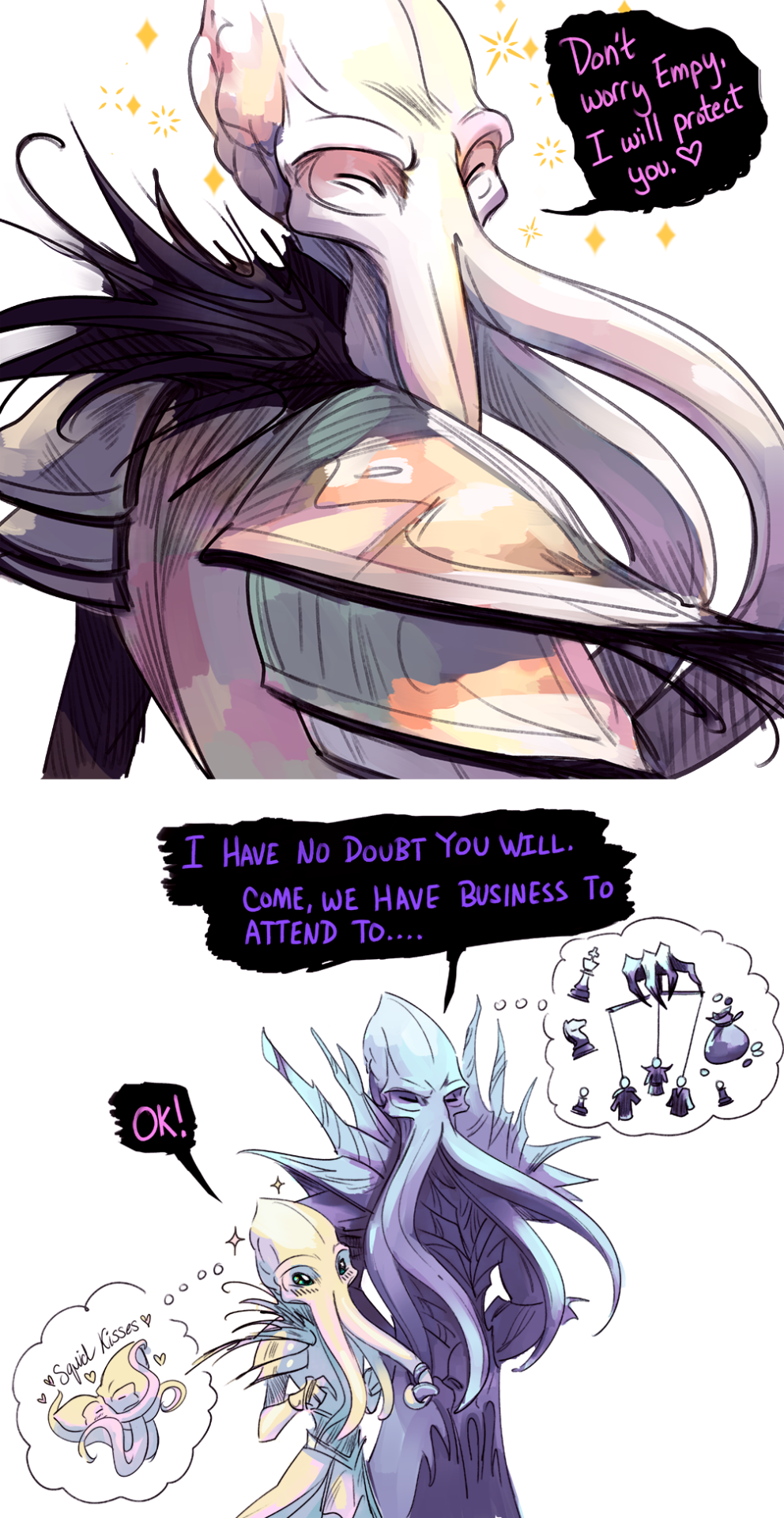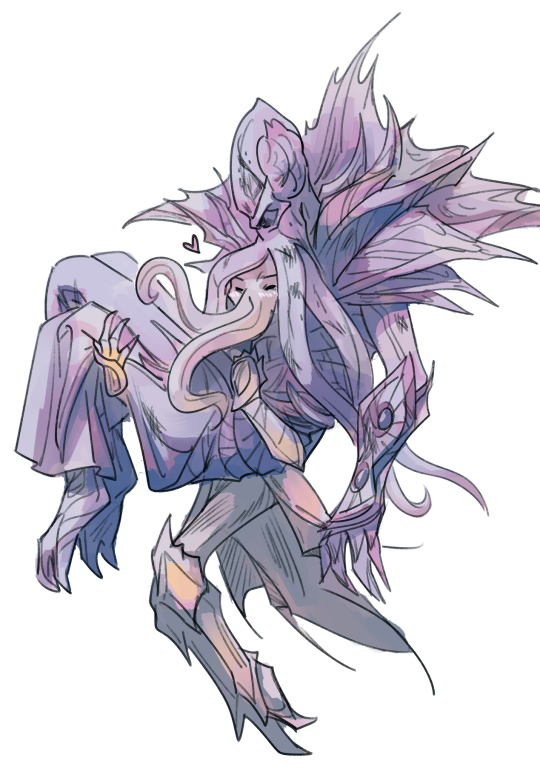#The Dole
Explore tagged Tumblr posts
Text
It's pretty funny to me that the justification for people on unemployment doing pointless busy work (such as Work for the Dole) is the Idea that the unemployed just really struggle with basic concepts like getting up before 10 and being in a specific place for a specific amount time (""""regulsr routine""""") I've heard all the pollies say constantly. BITCH WE ALL struggle with this concept. That's why none of us are getting out of bed unless we're getting paid AS IT SHOULD BE.
#unemployment#unemployment benefits#the dole#dole#work for the dole#auspolitics#centerlink#universal credit#unemployed#australian politics#aus pol
4 notes
·
View notes
Text
Farmers Market+ at The Dole Mansion Offers Family Fun Every Sunday

The Farmers Market+ offers families a chance to explore local vendors every Sunday from 10 a.m. to 2 p.m.
Located at the historic Dole Mansion in Crystal Lake, Illinois, the market is easily accessible and offers ample parking. The market encompasses the mansion's front circular driveway and interior lawn moves indoors during the colder months. Vendors will typically accept credit cards, and the ATM inside the main entrance holds some cash for those who may like to purchase items. For Dole merchandise and The Dole Market Bar, credit cards are welcome.
Parking at The Dole costs $5 per car, that comes with a coupon for a free cup of Heady Cup coffee ($5 value) and locals are encouraged to walk or bike to help reduce traffic, with bike racks available on the grounds. There is now no-cost parking at The Triangle Lot, South Elementary School, and Lundahl Middle School. Handicapped parking is onsite and always free.
0 notes
Text
#poll#polls#politics#millennials#gen z#gen x#for me the first one i remember is 1996#clinton vs dole#i remember doing a mock election in my 2nd grade class
8K notes
·
View notes
Text
OUR PURITAN ANCESTORS took it as an article of faith that the idle were unworthy of charity, a sentiment famously captured by the Calvinist preacher Cotton Mather: “For those who indulge themselves in idleness, the express command of God unto us is, that we should let them starve.” Long after Mather departed this world, his spirit lived on, embodied in the nation’s poor laws. Statutes that outlined government’s responsibility to the destitute, the poor laws combined guarded concern for needy Americans with suspicions that they were complicit in their own misfortune. Under the poor laws, the chronically jobless were removed from society and dispatched to county poorhouses, catchall institutions that were also home to the old, infirm, and mentally ill. Those who could ordinarily shift for themselves but were temporarily jobless applied to public officials, men with no special welfare training, for what was known as outdoor or home relief, assistance generally given in the form of food and coal. To discourage idlers, the welfare experience was made as unpleasant as possible. Before applying for help, the poor were made to wait until utterly penniless, and then declare it publicly. When granting relief, officers followed the old rule of thumb that families living “on the town” must never reach the comfort level of the poorest independent family. The weekly food allowance was a meager four dollars a week—and less in some areas—regardless of how many people it was supposed to feed. Finally, it was customary to give food and coal on alternate weeks, providing minimal nourishment and warmth, but never both at the same time.
By custom and by law, public relief in the United States had always been a local concern, the responsibility of towns, cities, and counties. By the summer of 1931, however, in communities across the United States the money raised for the jobless had evaporated, while the numbers of people applying for it continued to climb. Still, Hoover remained confident that between private charity and local government, America would find its way out of the job crisis. An announcement from the White House in August made it official: the president was against a federal dole and was not about to support one.
From A Square Meal by Jane Ziegelman and Andrew Coe
#Jane Ziegelman and Andrew Coe#a square meal#dole#the dole#president hoover#hoover#great depression#history#american history
1 note
·
View note
Text


i forgive you kitten
[id in alt]
#in stars and time#isat#isat siffrin#isat odile#poorly drawn isat#sifdile#interpret it as you will.#i just think its really cute that odile is evidently an animal person and seems to view her friends through that lens out of affection.#nobody is immune to siffrin's big doleful eyes.
1K notes
·
View notes
Text



Lannister problems require Lannister solutions
#they’re so willing to dole out a slap at literally any moment#good for them#jaime lannister#cersei lannister#tyrion lannister#asoiaf#a song of ice and fire#valyrianscrolls#sissy blogs asoiaf
518 notes
·
View notes
Text




heere she is..… my illithid tav creature....… my sunshine goth pink sparkle princess paladin.… naive -2 int will drop a divine smite a-bomb on whoever threatens her lynchpin bf…... loyal lapdog to the very end, won't break her oath so she is the most cringefail starving mindflayer in toril.... Qurrn ✨🦑☀️
#basically she follows the emperor around to protect him#and he orchestrates some kind of scheme where she won't break her oath but also is able to do his bidding and increase his political power#because she is absurdly strong and can wipe out his enemies#(any of you played a 2H mindflayer pally? it's p broken)#he takes credit and uses her good deeds for his own ends#she doesn't realize or care#she just wants to love him#I think he uses her at first and begrudgingly doles out the extreme amounts of squid cuddles she requires#but eventually falls for her in his own way#anyway that's them :3#I hope u like her :3#mindflayer#illithid#my art#qurrn#illithid tav#bg3#bg3 emperor#emperor bg3
316 notes
·
View notes
Text





I have no choice in the matter. Why would I? It's only the death of me.
#bellarkeedit#bellamyblakeedit#clarkegriffinedit#the100edit#the100daily#*#bcplaylist#addys-beth#tuserheidi#usersmia#usershale#rogerhealey#tuserjen#bellarke#the 100#some bellamy angst bc usually i dole out clarke angst <3
346 notes
·
View notes
Text

Super Mario 64
Art by Gosha Dole || IG
121 notes
·
View notes
Text
Farmers Market At The Dole Offers Entertainment in a Historic Setting

Held each Sunday from 10 am to 2 pm, Farmers Market+ At The Dole offers visitors a vibrant outdoor market setting with items ranging from just-off-the-vine fruits and vegetables to fresh mushrooms and fresh flowers. The weekly Crystal Lake, Illinois, event is held on the front lawn of the historic Dole Mansion and features live music entertainment and balloon artists, and face painters.
As patrons wander about, taking in tunes by favorites like The Gooroos, they sample food from vendors like Joe + Dough, The Inside Scoop, Las Cazuelitas, and BOA Acai Bowls. Bar beverages such as mimosas, market produce bloody mary's, plus hot and iced coffee are available from vendors. Vendors donate any unsold food to the Crystal Lake Food Pantry, whose presence helps make Farmers Market a supportive community gathering.
Cycling to the local event is recommended, with bike racks at the main entrance off Country Club Road. Those who drive can park in paid $5 parking at the Dole, and receive a free cup of Heady Coffee, and there are no-cost options at nearby parking lots. The event is pet-friendly and welcomes all well-behaved animal companions with their own leashes.
0 notes
Photo







FFXVI - Official Promotional Artworks
#FFXVI#FF16#Final Fantasy XVI#Final Fantasy 16#ffgraphics#my copy most likely come late sobs#its going to be a looooooong week#why its still monday why#at least pretty arts they doled out soothe my pain somewhat
1K notes
·
View notes
Text

The "billionaire" needs your money, maga.
So he doesn't have to pay his own bills.
304 notes
·
View notes
Text
Norwegian Dole stallion Elstad Blesen

74 notes
·
View notes
Text


He got her :( !!
#ts4#ts4 render#thesims4#sims4#ts4 edit#oc:Bread#Oc:Nasir#Ship:Sagiterrorist#WELLP#Hes so charming tho:(( She can't stand it LMFAO#he loves her tho he just has the emotional maturity of a carrot or hotdog#this is scully's dad btw#LORE IN THE TAGS FOR THOSE WITH EYES TO SEE!!!!#They met..on the internet ended up working together and it went down hill from there like fr#Slowly doling out all my ships at least the ones IN THE BIG BOOK (me and my writing partners google docs) LMFAO
62 notes
·
View notes
Text
The secretly evil history of the Dole Company - and how it ties into the lie that "vegetables exist"
Watch the full episode now on Dropout
401 notes
·
View notes
Text

usffmhjj im slwoly going insane
#sorry i havent posted much im basically at protests all day#DOLE VLADA#idk anymore#im exhausted#jjba#jjba part 5#golden wind#jjba fanart#fan art#trish una#trish jjba#its alr been a month WHAT
70 notes
·
View notes